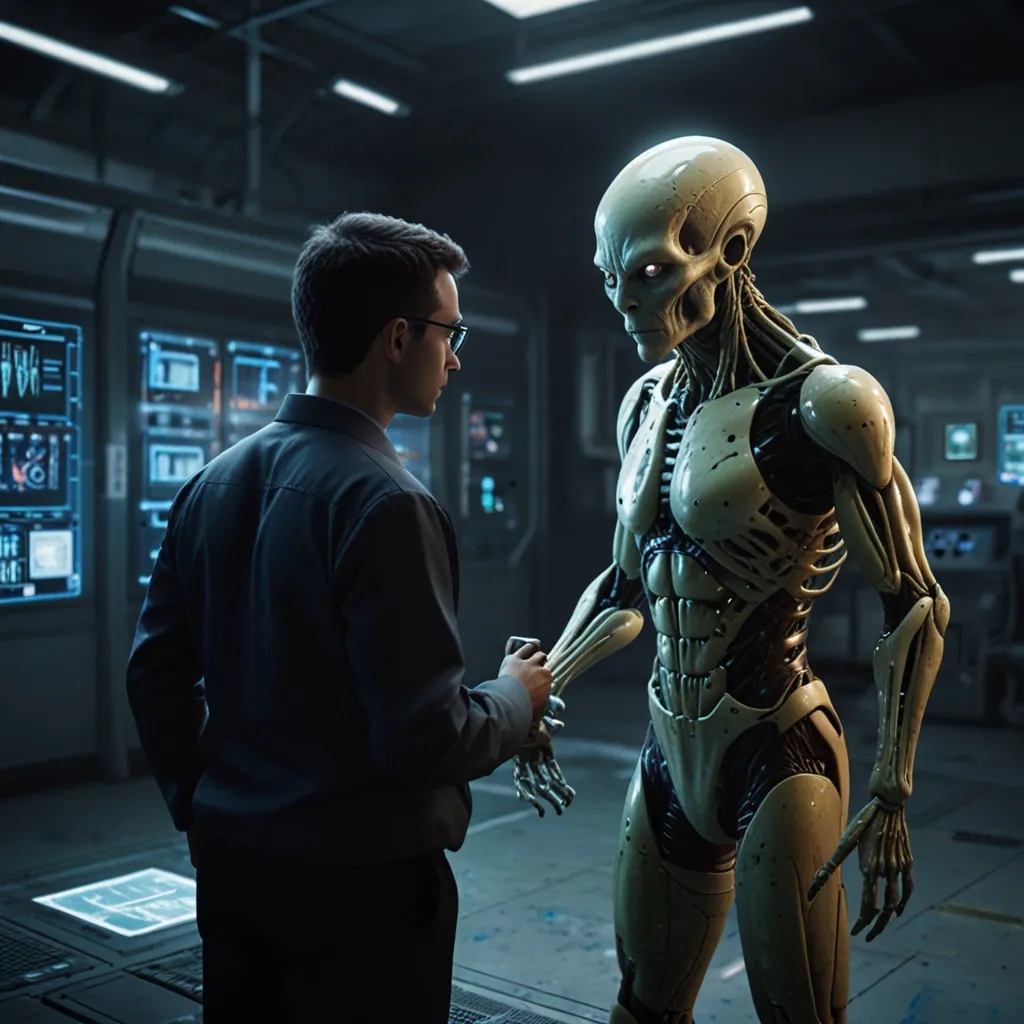In the thick of World War II, an unusual event took place on April 30th, 1943. In the coastal town of Huelva, Spain, a man washed ashore, clad in a British military uniform with a briefcase of secret documents. The narrative of Major William Martin of the Royal Marines seemed genuine, except for one crucial detail: he didn’t exist.
This deception, coined Operation Mincemeat, was a striking intelligence move by the Allies. The plan began with the body of Glyndwr Michael, a homeless man from London who had consumed rat poison. His unfortunate death was repurposed by British intelligence officers Charles Cholmondeley and Ewen Montagu to mislead the Axis powers.
The body, disguised as Major William Martin, was decked out with a fake backstory and pocket litter, including theater stubs, love letters, and bank overdraft notices. The intention was to convince the Germans that the Allies were targeting Greece instead of Sicily.
The intricate plan saw the British submarine HMS Seraph deliver Major Martin’s body just off the Spanish coast. Spanish authorities found the body and, as hoped, the intelligence eventually reached German hands. Believing the misinformation, Hitler reallocated forces to Greece, leaving Sicily vulnerable. Consequently, the Allied invasion of Sicily was a swift success, marking a pivotal moment in the war.
Operation Mincemeat didn’t just underscore Ally ingenuity but also ushered in a new age of wartime deception and espionage. Post-WWII, the intelligence community morphed, birthing the CIA. This U.S. agency, modeled after British intelligence, initially aimed to gather and analyze security information. However, it became infamous for its controversial covert operations.
From orchestrating coups to running torture programs like The Phoenix Program, the CIA’s actions have left a dual legacy. Some view the agency as a protector of American interests, while others see it as a villainous entity. Incidents like the Cuban Missile Crisis and the bombing of Cubana Flight 455 highlight this dichotomy.
Operation Mincemeat not only showcased the ingenuity in wartime deception but also paved the way for modern espionage, which has had far-reaching and often controversial impacts. The CIA’s history teeters between being seen as protectors or perpetrators, depending on one’s viewpoint.
Ultimately, while intelligence agencies like the CIA play crucial roles, their actions and motives must be carefully scrutinized to balance national security with ethical practices.
Stay tuned for more intriguing stories and remember to ponder the complexities of history and its enduring legacy.






